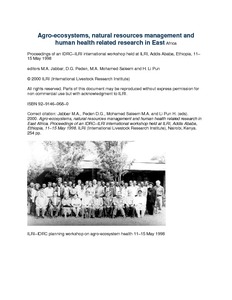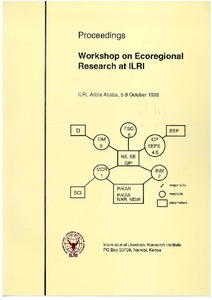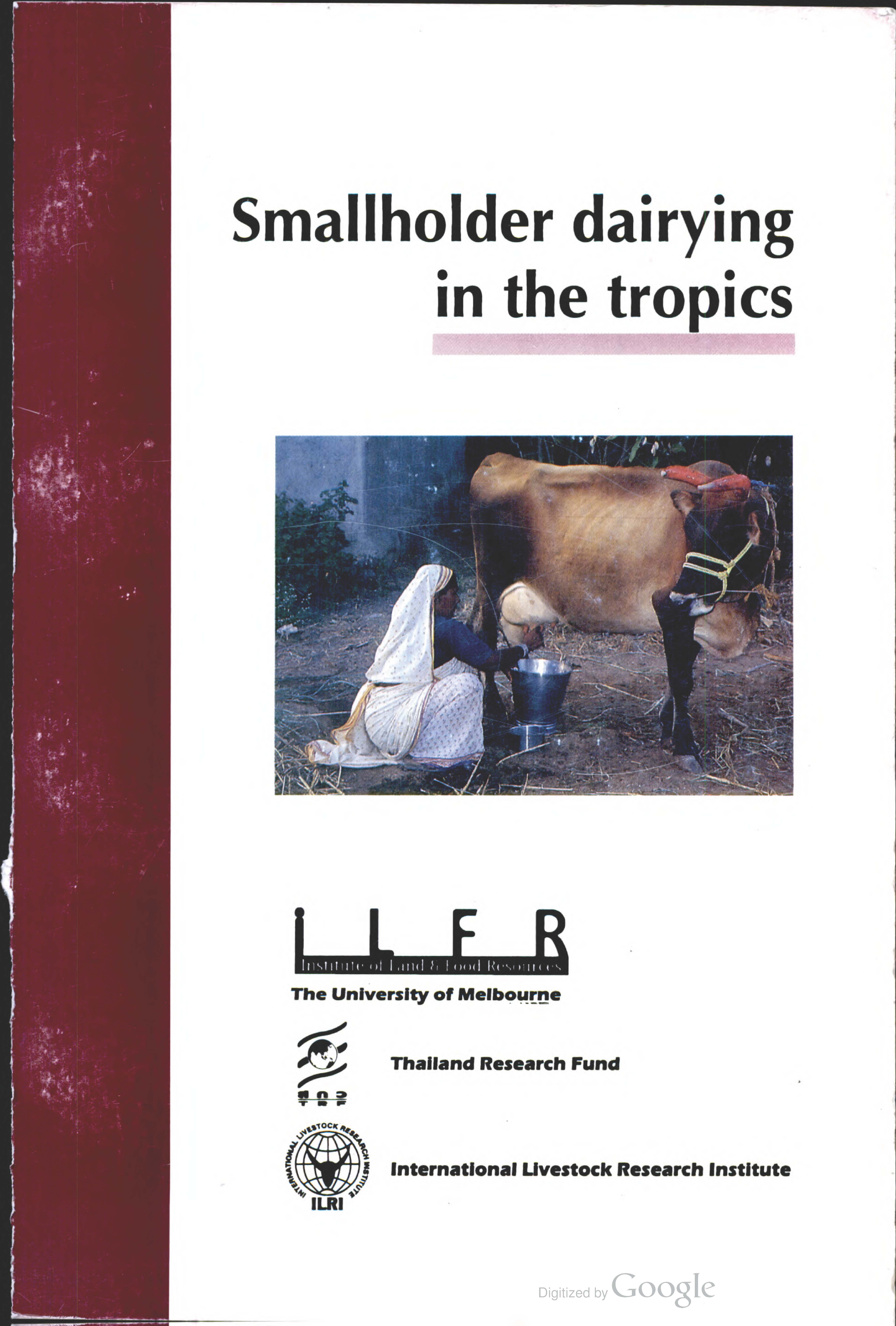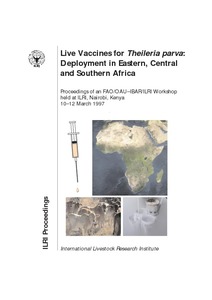Location
Vision, mission and strategy
ILRI's strategy 2013-2022 was approved in December 2012. It emerged from a wide processof consultation and engagement.
ILRI envisions... a world where all people have access to enough food and livelihood options to fulfil their potential.
ILRI’s mission is... to improve food and nutritional security and to reduce poverty in developing countries through research for efficient, safe and sustainable use of livestock—ensuring better lives through livestock.
ILRI’s three strategic objectives are:
- with partners, to develop, test, adapt and promote science-based practices that—being sustainable and scalable—achieve better lives through livestock.
- with partners,to provide compelling scientific evidence in ways that persuade decision-makers—from farms to boardrooms and parliaments—that smarter policies and bigger livestock investments can deliver significant socio-economic, health and environmental dividends to both poor nations and households.
- with partners,to increase capacity among ILRI’s key stakeholders to make better use of livestock science and investments for better lives through livestock.
This is ILRI’s second ten-year strategy. It incorporates a number of changes, many based on learning from the previous strategy (2000–2010, initially produced in 2000 and modified in 2002), an interim strategy (2011–2012) and an assessment of the external and internal environments in which the institute operates.
Members:
Resources
Displaying 921 - 925 of 1152Agro-ecosystems, natural resources management and human health related research in East Africa
System prototyping and simulation modelling in mixed farming systems
A project proposal whose aim is to promote more appropriate resource management on smallholder crop-livestock farms in East Africa is described. Prototypes of mixed farming systems will be developed to characterise farming systems according to their management objectives. These prototypes will then be used to map improvements of the farming systems by combining prototyping and simulation modelling. Scenarios will be explored to assess natural resource management interventions that promote sustainability of these prototype-farming systmes.
Live vaccines for Theileria parva: deployment in eastern, Central and Southern Africa. Proceedings of an FAO/OAU-IBAR/ILRI workshop
The aim of this workshop was to consider methods of immunisation against East Coast Fever (ECF) and other forms of T. parva infection using the infection and treatment method or infection without treatment, and to identify needs for further research to improve vaccine quality and suitability; to consider present and future demands for T. parva vaccine and how these can be met; to review recent progress in developing alternative vaccines for the control of theileriosis caused by T. parva, to consider related research needs, and to identify training and information needs.
Linking livestock and natural resource management
The Borana people are the predominant ethnic group on the Borana plateau in southern Ethiopia. Though traditionally transhumant pastoralists, they have recently increased their reliance on crops. Rainfall in the region averages between 353 and 873 mm; variability is high, with coefficients of variation ranging from 0.21 to 0.68. Anecdotal evidence implies that the vulnerability of pastoralist households to drought is increasing; stock levels increase dramatically during good rainfall years but plummet when rainfall is poor, indicating that the drought cycle is becoming more pronounced.






